by Michael Haskew
Two of America’s most famous senior commanders to emerge from World War II were Eisenhower and MacArthur. These officers were largely responsible for command decisions that resulted in Allied victories in the South Pacific and in Europe. While both are rightly regarded as victors, their personalities and their approaches to command are remembered somewhat differently.
A graduate of the U.S. Military Academy, MacArthur ranked first in the Class of 1903. He was a highly decorated combat veteran of World War I, served as Superintendent of West Point, and was Chief of Staff of the Army in the early 1930s. After retiring in 1937, he returned to the Army following U.S. entry into World War II and became Supreme Commander Southwest Pacific Area. Throughout his career, MacArthur was closely associated with the Philippine Islands and the Filipino people. (Read more about the generals and commanders who shaped the events of the Second World War inside WWII History magazine.)
Eisenhower as MacArthur’s Aide
While serving as Chief of Staff in 1932, MacArthur sent troops to disperse the Bonus Marchers that had gathered in Washington, D.C., and against the advice of an aide, Major Dwight D. Eisenhower, he chose to accompany the troops in uniform. In 1935, MacArthur journeyed to the Philippines for his fifth tour of duty in the Far East and to serve as military advisor to the Philippine government. He brought Eisenhower along. Charged with assisting Philippine President Manuel Quezon in the organization of a Filipino army, MacArthur once decided that a large parade would build esprit de corps among the soldiers while demonstrating to Quezon that progress had been made. When Quezon was informed, he objected to the time and expense involved. MacArthur laid responsibility for the parade squarely on Eisenhower, who never forgot the humiliation. In later years, Eisenhower remembered his long association with MacArthur stating, “I studied dramatics under him for five years in Washington and four years in the Philippines.” Eisenhower graduated 61st in the U.S. Military Academy Class of 1915 and collected a large number of demerits in the process. He did not see action during World War I as his administrative capabilities kept him in the United States training soldiers for deployment to Europe. It was these skills that brought Eisenhower to MacArthur’s attention and later gained him a post in the War Department in Washington, D.C., under Army Chief of Staff General George C. Marshall. Eisenhower was highly intelligent and thorough in his analysis of military situations. After years of obscurity and then administrative duties, Eisenhower’s command star was on the rise by mid-1942. He possessed a fiery temper but learned to control it and was chosen to command Operation Torch, the Allied landings in North Africa, in November. Subsequently, he was named Supreme Commander Allied Expeditionary Force in preparation for the D-Day landings in Normandy on June 6, 1944.
Eisenhower and MacArthur’s Post-War Politics
While the flamboyant, outspoken MacArthur battled across the South Pacific and dramatically made good on his early promise of “I shall return!” by wading ashore in the Philippines in 1944, Eisenhower proved himself the master of coalition warfare, working with mercurial egos such as those of General George S. Patton, Jr., and Field Marshal Bernard Montgomery. His earlier experience with MacArthur was, no doubt, instrumental in his successful prosecution of the war in Western Europe. After World War II, Eisenhower went on to serve two terms as President of the United States. MacArthur rendered outstanding service as military governor of postwar Japan but then fell victim to his own ego and defiance of President Harry S. Truman during the Korean War and was removed from command of United Nations forces. Both Eisenhower and MacArthur are remembered as heroes of World War II. While neither man’s character or performance was flawless, his mission was accomplished – whether with fanfare or firm persistence. In war, there is sometimes room for both.
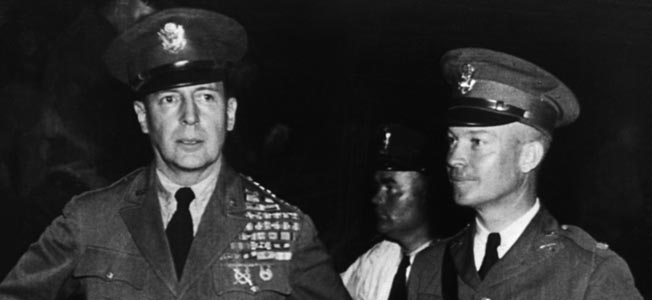
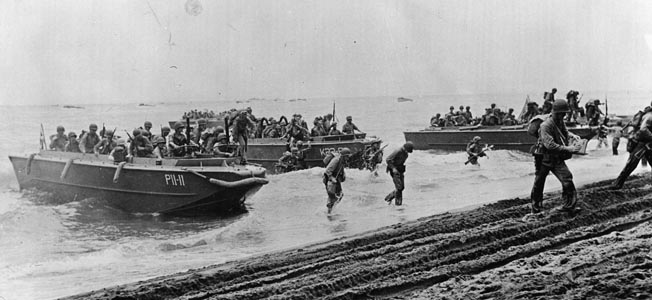
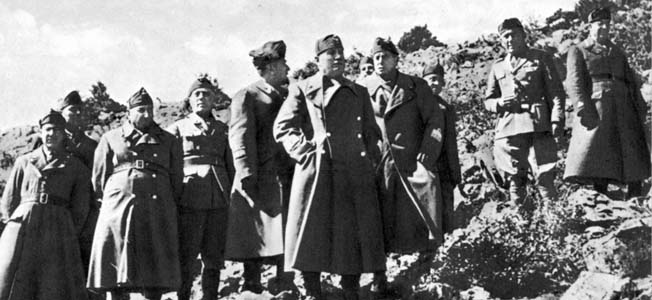
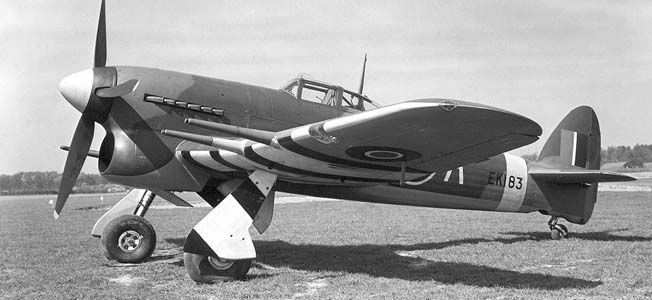
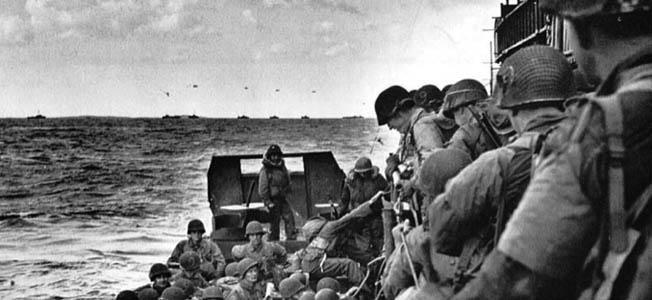
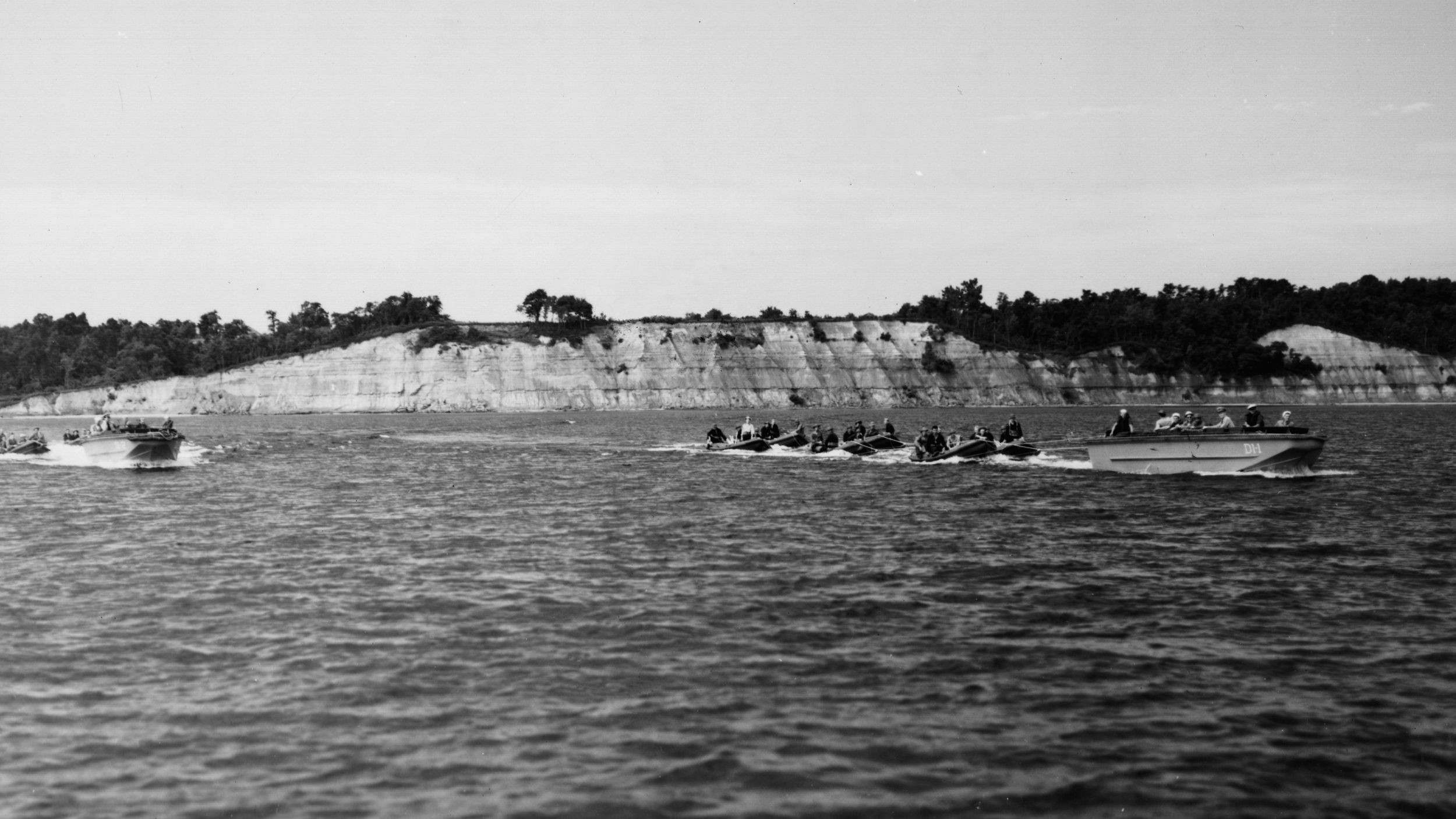
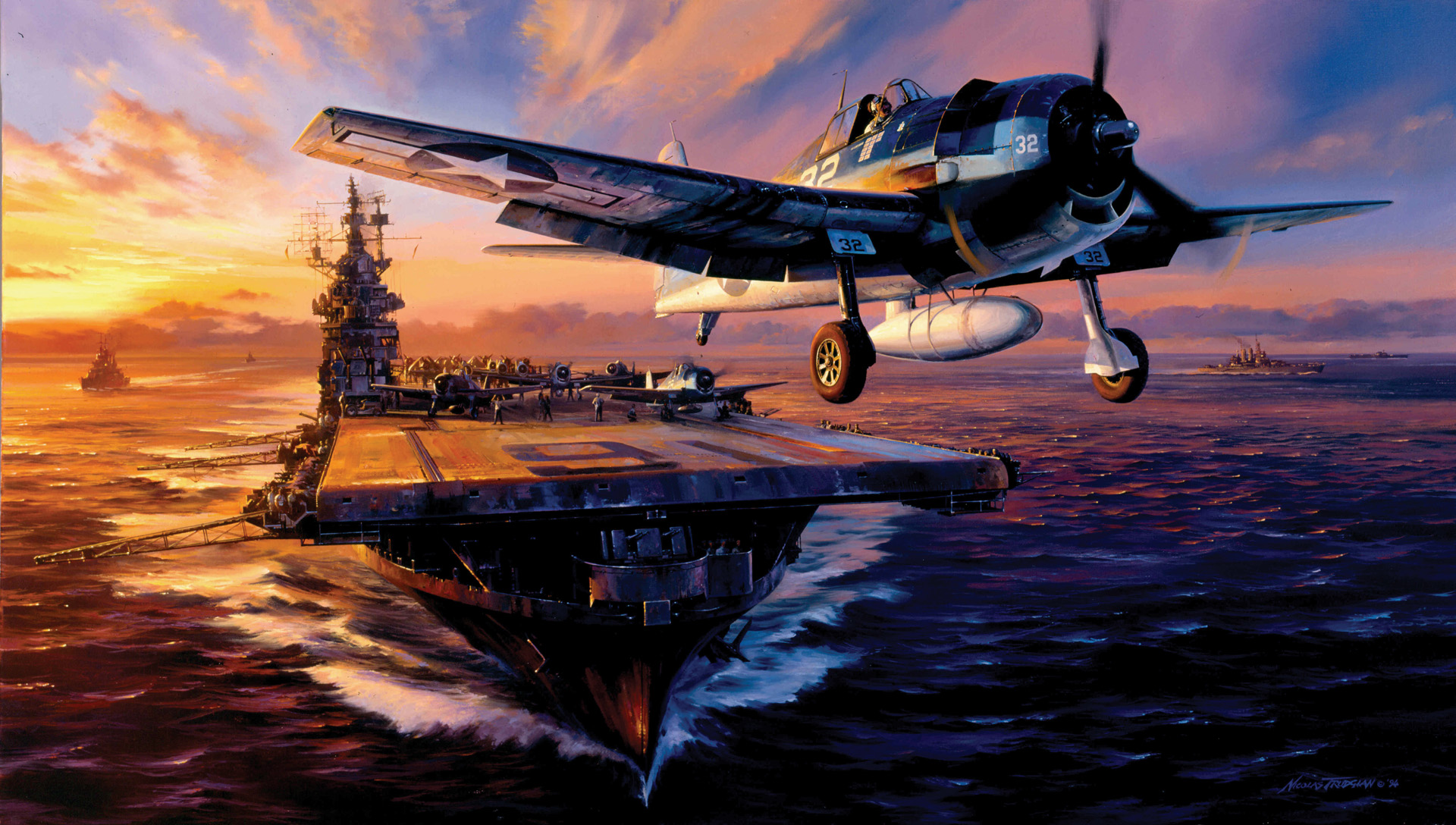
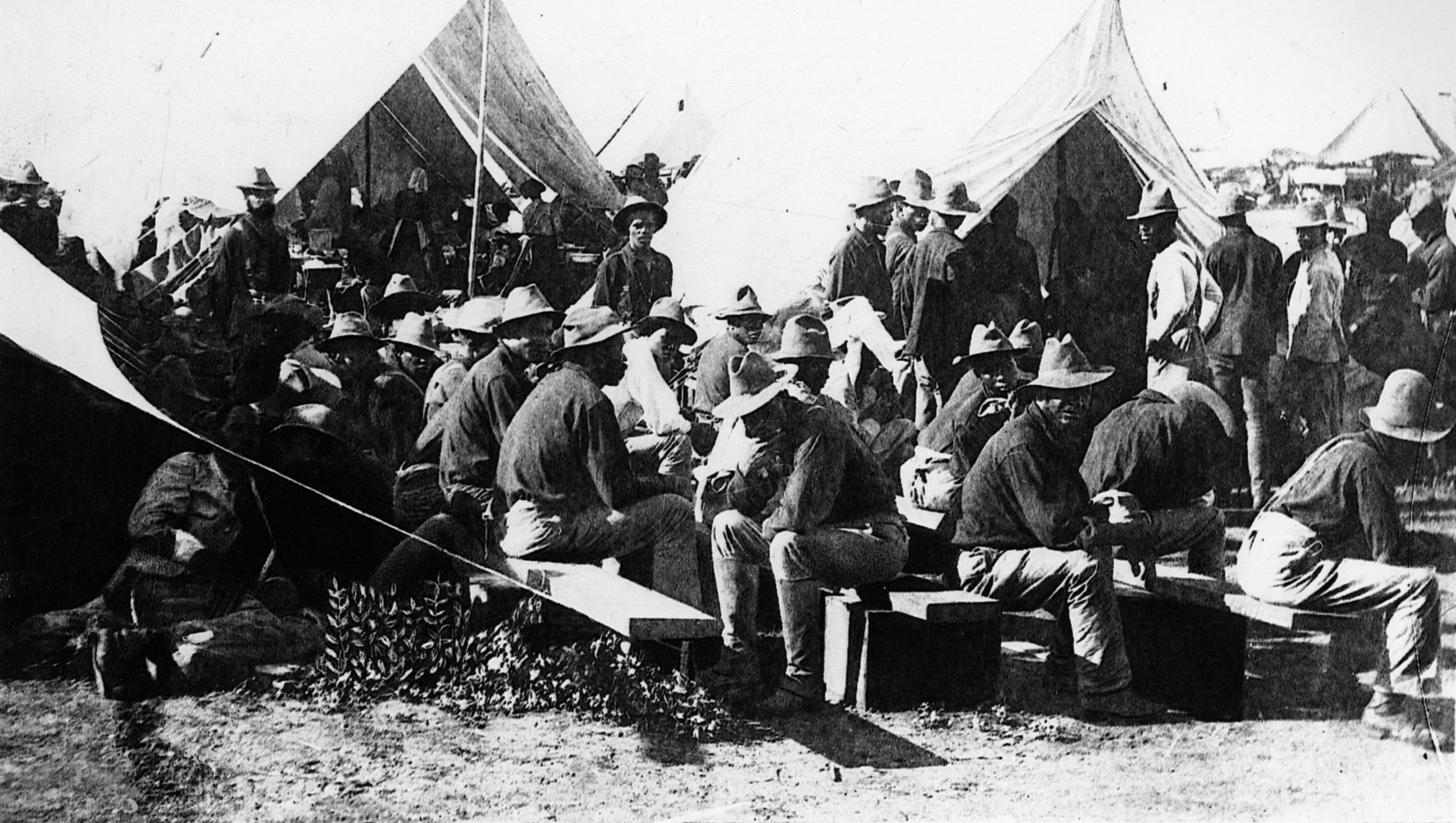
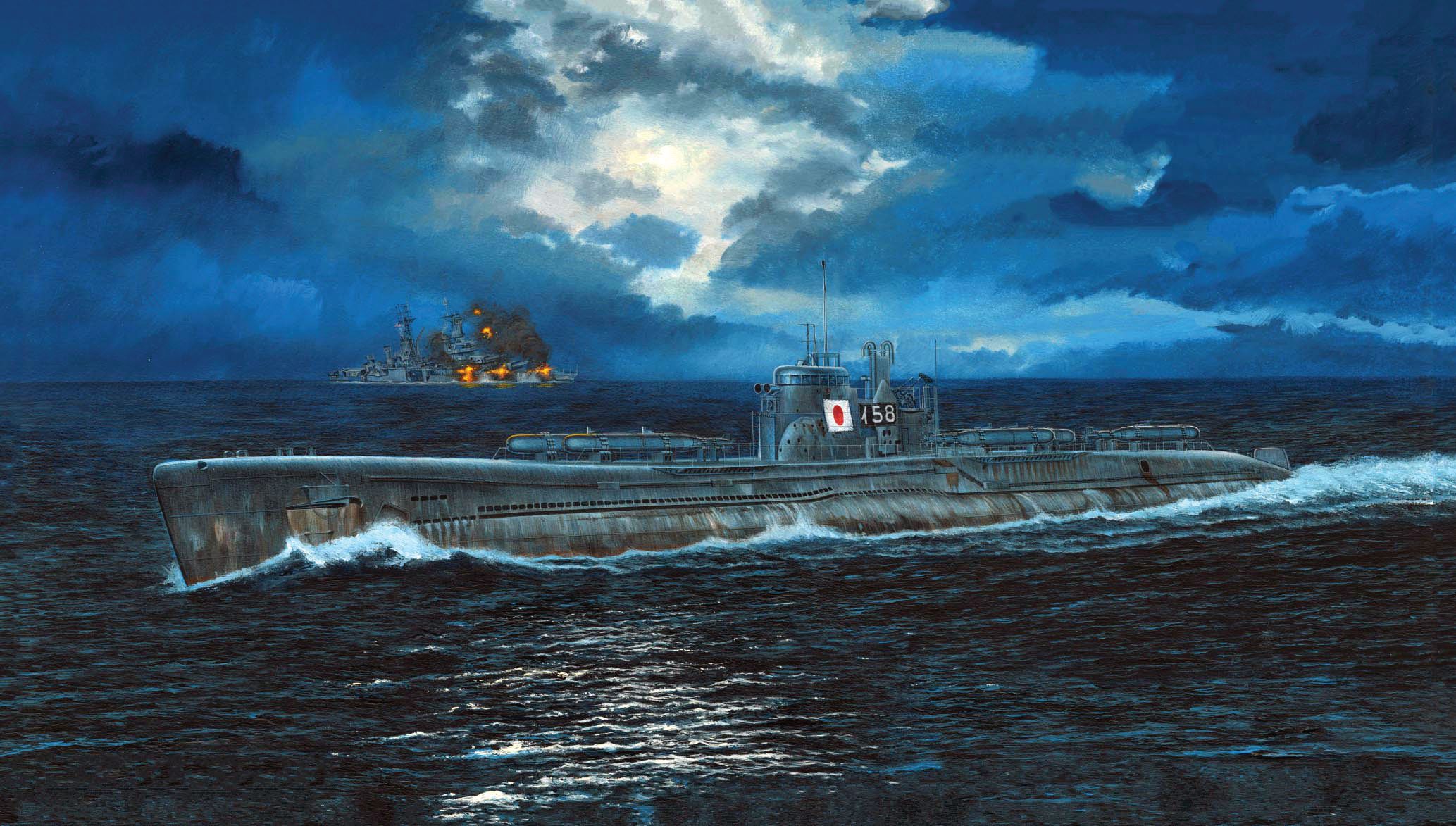
Join The Conversation
Comments
View All Comments